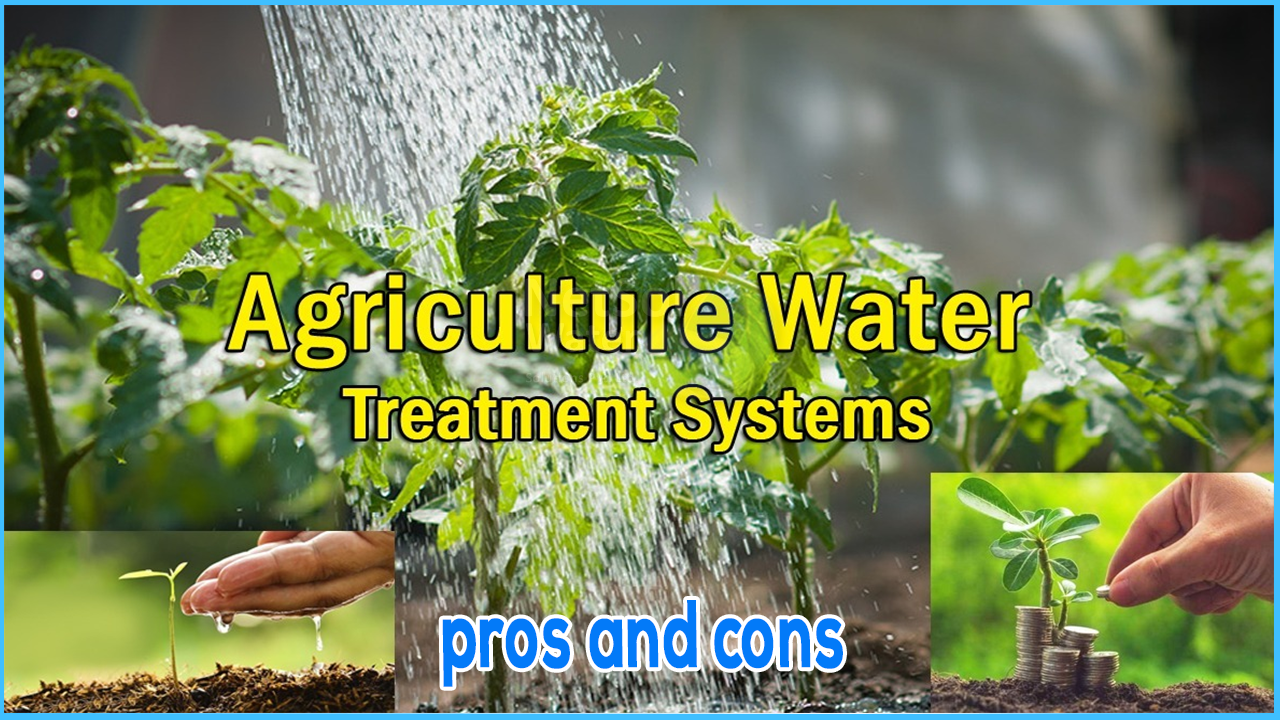There is a direct relationship between the amount of applied water used in the agricultural sector and the number of crops that are yielded.Agriculture continues to consume the majority of our water resources, and the reality of diminishing water sources is a problem that the world, for the most part, ignores. In cultivation houses for the most recent plants in greenhouses or aquaculture growing, reverse osmosis water treatment systems are used. For the last several decades, the vast majority of professional growers have relied on these commercial agricultural water filters.
REVERSE OSMOSIS: THE PROS AND CONS
RO applies pressure to the more concentrated liquid and forces it through the membrane to the less concentrated liquid, hence the name reverse osmosis. The membrane traps particles and impurities down to 0.0009 micron, resulting in very clean and impurity-free effluent or permeate water. Because the water quality is constant, RO water can help make growing more calculable by starting with water that is free of impurities and minerals. Nutrients can be better controlled because there is no need to worry about what is in the water source at the start of the irrigation process. Pollutants in the water source, such as iron, manganese, calcium, magnesium, and chlorine, can react with nutrients and cause fertiliser mix problems.
GROWING WITHOUT POLLUTANTS
Growing with good water and adding nutrients as desired by the grower makes growing more calculable. Because the fertilisers are not reacting with the impurities in the water, not having iron, manganese, calcium, or magnesium makes calculating the EC of a nutrient solution easier. The only nutrient minerals added to the irrigation water are those that benefit the plant. Total dissolved solids (TDS) reveal water conductivity, but EC measures the electrical production of these minerals. Pure water will not conduct electricity or have an EC or TDS reading.
PURCHASING TIPS
In RO designs, two types of membranes are used, each with its own set of advantages and disadvantages. The rejection rate of cellulose tri-acetate membranes is lower than that of thin film composite (TFC) membranes. However, chlorine can cause TFC membranes to break down faster and cause the system to fail prematurely, so a carbon pre-treatment is recommended to remove chlorine. The pre-treatment of the influent water is required or the membranes will foul. Failure to address the pre-treatment problem can result in significant maintenance and labour costs. Membranes become clogged without pre-treatment and must be replaced or cleaned sooner than usual.
Membranes last longer when used with softened water because other minerals are removed before entering the system. When using RO, the use of a softener adds cost and labour, but it must be considered to offset the higher cost of membrane replacement, labour, and downtime of the water treatment system.
Another aspect to consider when using RO is the wastewater produced. In general, 4 gal. of water are required to produce 1 gal. of RO water, depending on pressure and unit size. In areas where water use is limited, this would not be a good treatment option. There are newer systems on the market that are more efficient and produce less waste, but for the amount of water required by a grower, these systems have a long way to go before being adopted by the industry. RO water is very forceful because it lacks minerals and can be very corrosive, especially to metal piping. RO water should never be run through galvanised or copper pipes because the water's aggressive nature will destroy them. RO water must be able to pass through pipes, tubing, drippers, misters, and foggers.
CONCLUSION
Most growers, particularly those who are new or inexperienced, would benefit from any type of water treatment that removes impurities. The removal of contaminants that promote microbial growth, such as iron and bacteria, can make a significant difference in growing, and the impact can be seen in reduced root rot problems caused by water-borne bacteria. Most growers appear to focus their water treatment strategies on propagation areas, but many are also incorporating treatment in other areas.
NETSOL Commercial RO Plants would be a valuable asset to any grower because it would allow nutrient solutions to be controlled and calculated for a variety of crops, as well as duplicated for consistency.



